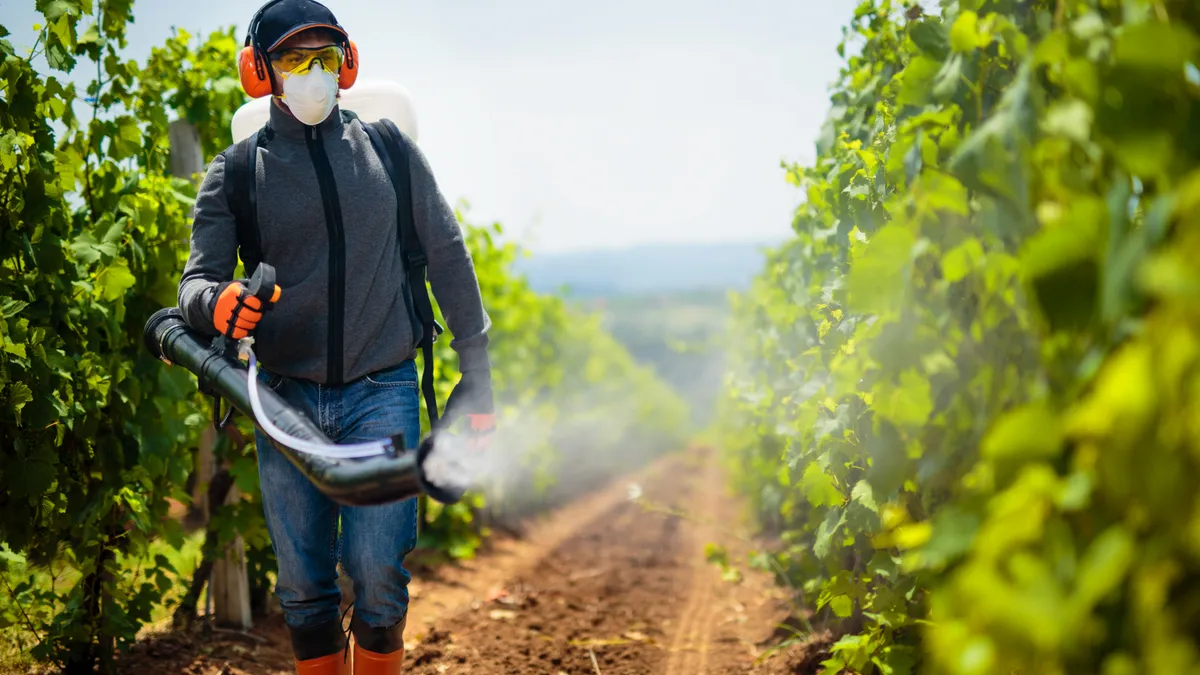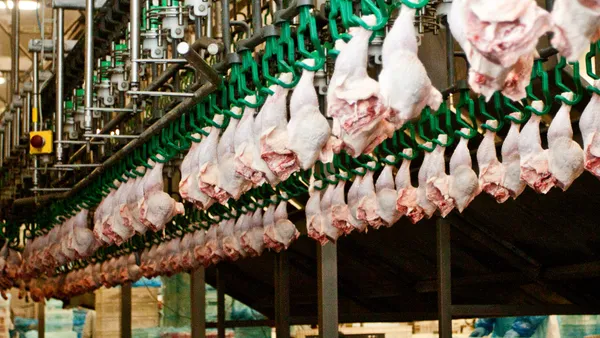When taking steps to protect the workers who make your agribusiness run, what initiatives do you prioritize first? Safe use of chemicals? Training for heavy equipment operation? Hearing loss prevention?
Historically, a safe working environment in agriculture meant using protective equipment correctly and taking steps to reduce hazards that can cause accidents. Over time and through industry changes, these tried-and-true approaches do not seem to be enough anymore and researchers suggest that the agriculture industry is more dangerous than we previously thought.
Agribusiness workers also have more on their minds than a decade ago. Today, they worry about falling prices, rising costs, market volatility, growing populations, biodiversity loss, risk management and climate change — and this list includes just a few of their top concerns. While these issues are not solved through policies and practices that prioritize physical safety, they can certainly impact the working environment and the mental health of all employees.
How can your agribusiness adapt to ensure its employees are physically safe and mentally protected at work?
The answer may be found in human-centered safety — also called whole-person safety, Total Worker Health® (a term trademarked by the National Institute for Occupational Safety & Health) or holistic safety.
Human-centered safety defined
Rather than operating under a “safety-first” mentality, human-centered safety takes a “people-first” approach, which is very different from what most agribusinesses have done in the past.
Human-centered safety views workers as more than assets or commodities. It positions them as people who need to be safe physically, mentally and spiritually. Through this lens, safety is more about learning, improvement and enrichment than training how to complete certain tasks safely. Human-centered safety can be viewed as a form of upskilling — empowering workers with new skills and knowledge to help them do better at work and in life.
From the employee’s perspective, Jill James, chief safety officer at HSI, explains that human-centered safety feels like this: “Does my employer truly care about me? Do they care about my contributions? Do they care about the toll this work takes on my body and mind? If I were to speak up or say something, would I be taken seriously, or would I be told to go away? Those sorts of things count in creating a safe environment.”
Human-centered safety has another important differentiator: While traditional safety tends to focus on physical wellness for manual laborers, human-centered safety prioritizes wellness and professional development for workers at every level — including those with leadership roles.
By helping everyone develop skills to communicate and listen, conduct difficult conversations, think critically and solve problems, build relationships, practice empathy and demonstrate resilience amid change, you create a healthier, more inclusive work environment.
What you can expect from human-centered safety
When managed correctly, human-centered safety brings obvious benefits to agriculture workers’ health — but it can bring value to other areas of agribusiness, too.
1. Enhanced idea-sharing
Creating a work environment where workers feel fully safe and supported can foster collaboration and innovation.
“You’ll start to get ideas from your general workforce that maybe wouldn’t have come out before because they knew their opinions would be stifled,” explains Todd W. Loushine, Ph.D., PE, CSP, CIH, a former OSHA (Occupational Safety and Health Administration) compliance officer and currently working part-time as an EHS (environmental, health and safety) manager while still teaching and advising as an associate professor at the University of Wisconsin-Whitewater.
2. Improved speed and reliability
“Agribusinesses want to make things and perform fast, and they want things to be reliable,” says Jill James of HSI. “Not taking steps toward whole-person safety can interfere with this and ultimately hurt business performance.”
If your environment isn’t set up to support human-centered safety, she says it’s possible that hazards, injuries and near-misses could be underreported, which will increase business costs in the long run.
“If your employees don’t feel safe bringing their injuries, illnesses, aches, pains and needs to you, then it will catch up with you,” she emphasizes. “Not only will there be a negative consequence to the human being, but there will also be lasting impacts on the employer.”
3. Increased worker loyalty
Employees may not be expecting such a comprehensive, human-centered approach to safety just yet, but that will likely change in the future. Taking steps in this direction now will make your company a better place for them — and you — and ensure you’re prepared when worker expectations rise. When there’s lots of competition for labor, you want to be the employer of choice and this is one way to accomplish it.
“Companies that do safety right can definitely use it to attract and recruit,” explains Dr. Loushine. “Especially for Gen Z workers. They’ll get a taste for it in school and be looking for more support than previous generations.”
4. Closing the skills gap through succession planning
Many agribusinesses are struggling with the challenges of an older workforce moving quickly toward retirement or otherwise exiting the industry. This situation leads to a knowledge gap and makes succession planning critical. Closing the skills gap between knowledge workers and new workers is the key.
To support this collaboration, create a working environment where employees feel comfortable asking for and providing help to others. The more your employees can foster growth amongst themselves, the faster new employees get up to speed, and the more effective everyone becomes. This approach not only helps you manage skills gaps and succession planning but also establishes a welcoming environment where people want to work.
Create a culture of learning
What human-centered safety really comes down to, Dr. Loushine emphasizes, is continuous learning.
“I’d rather have a learning culture than a safety culture. A learning culture is going to continue to improve, while a safety culture can grow stagnant. A learning culture won’t point blame and say, ‘This is wrong.’ It’s going to look for opportunities to progress. Human-centered safety is about seeking understanding. It’s about teaching, collaboration and trying to become a little better every day.”
Learn more about how to prioritize human-centered safety in your agribusiness by reading Elements of a Whole-Person Approach to Employee Training.
HSI helps safety and technical managers, human resources and operational leaders train and develop their workforce, keep workers safe and meet regulatory and operational compliance requirements — all through human-centered safety.
Learn more about how we can help at www.hsi.com.










